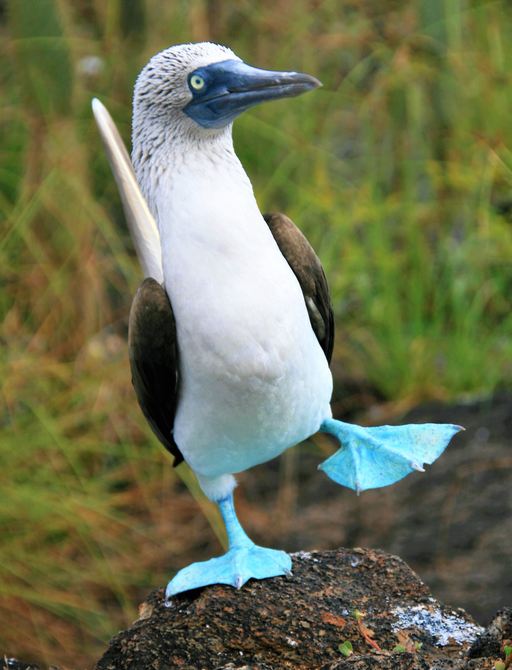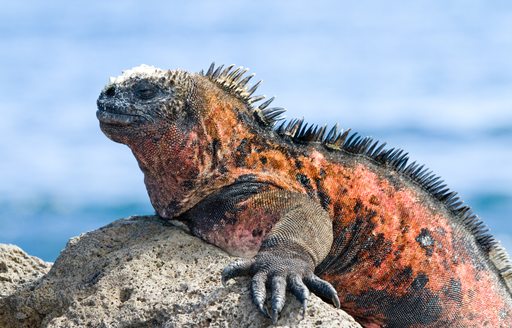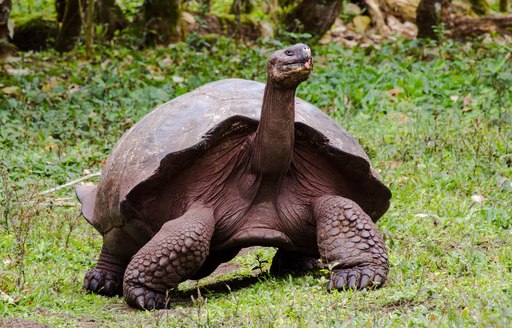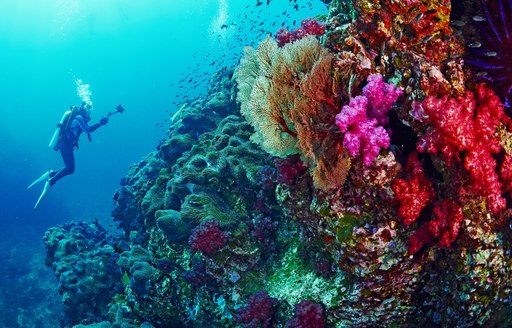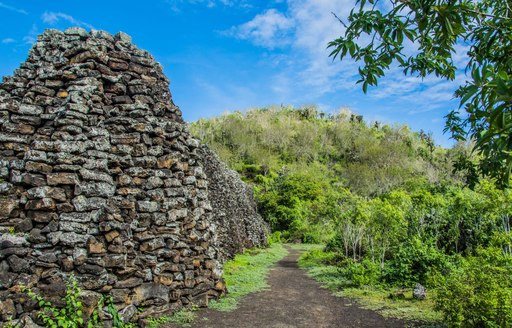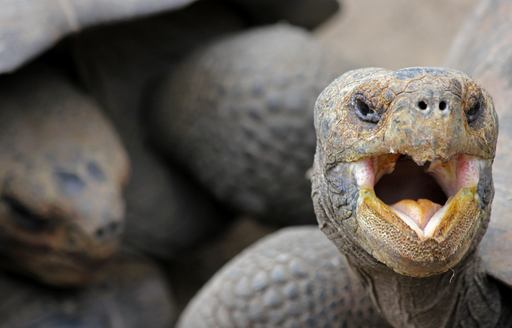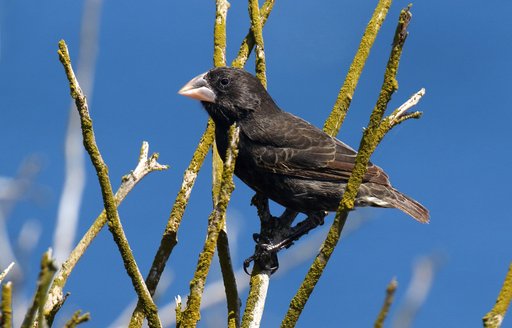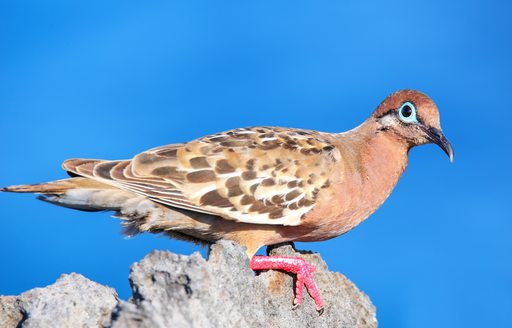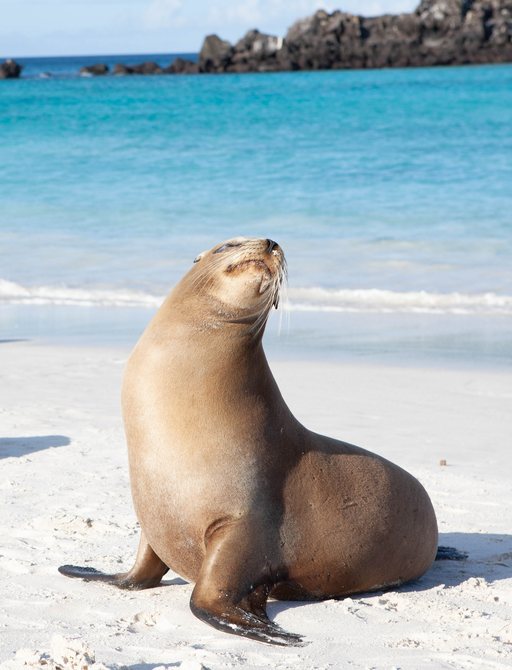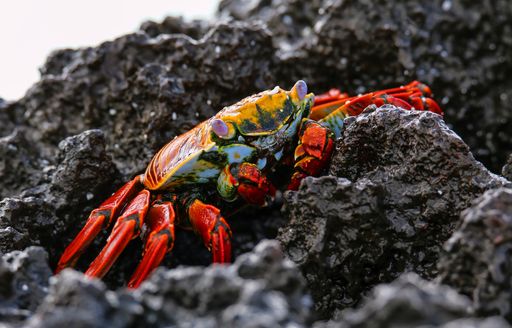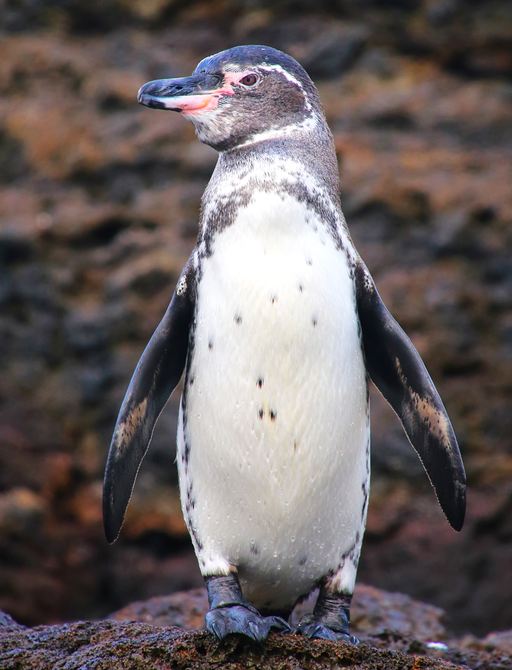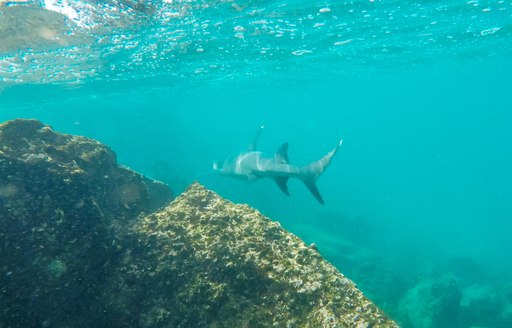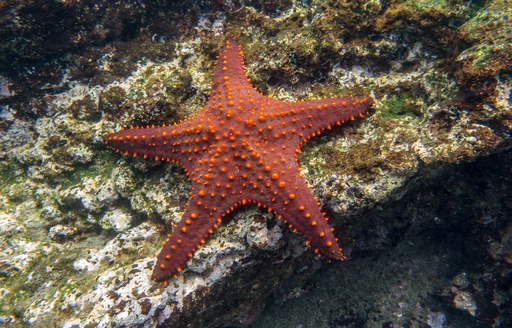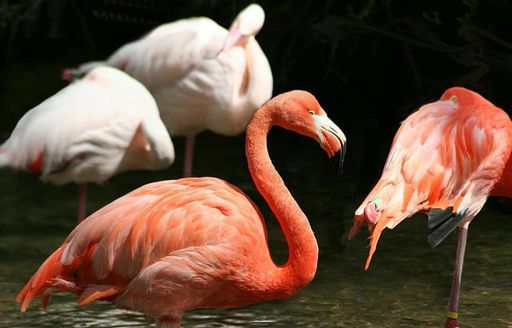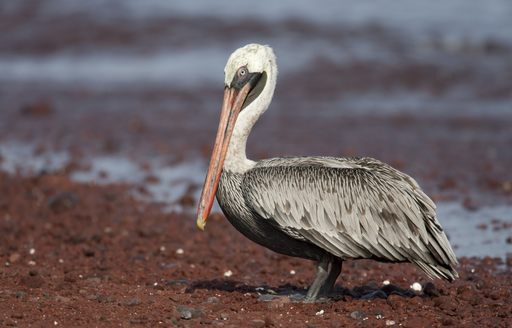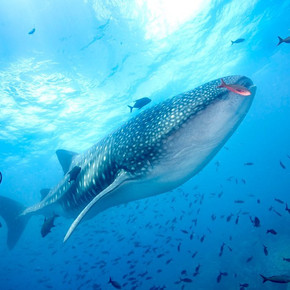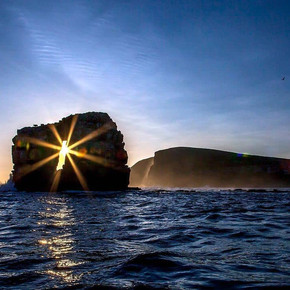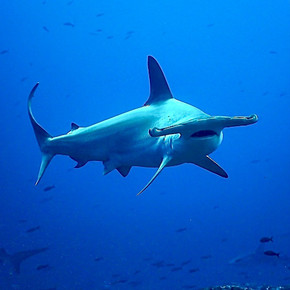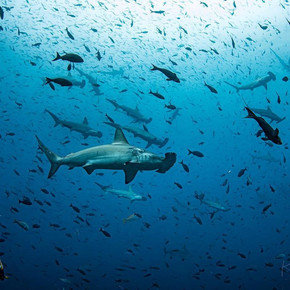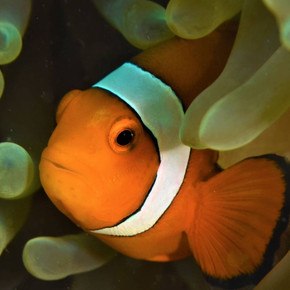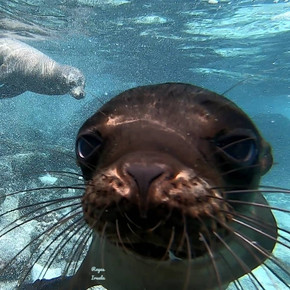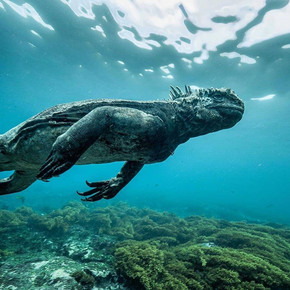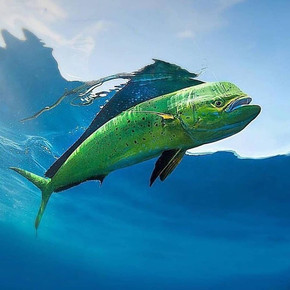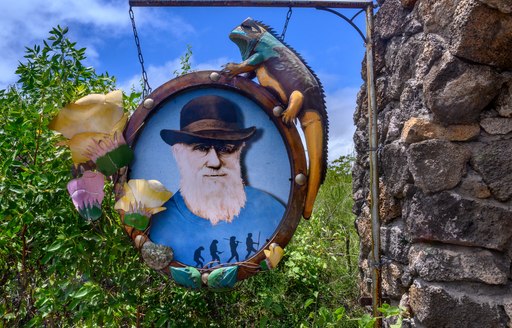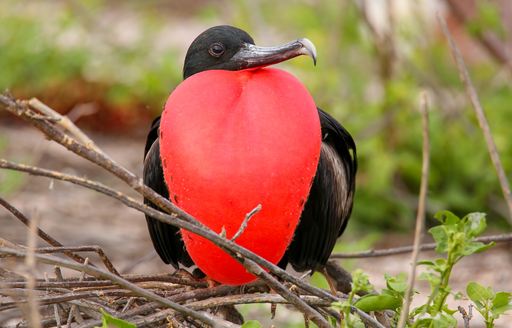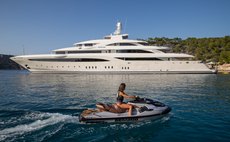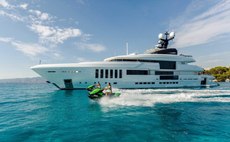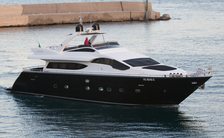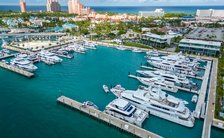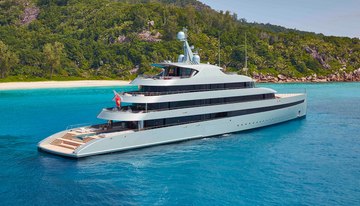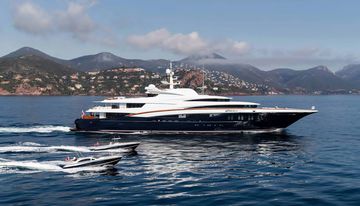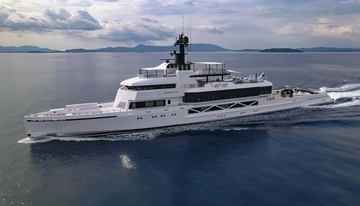Boasting a rich abundance of wildlife, enchanting island sanctuaries and tantalising stretches of pristine beaches, not to mention inspiring Charles Darwin’s ground-breaking theories of evolution, the Galapagos is the perfect destination for yacht charter adventures off the beaten track.
This rugged volcanic archipelago is made up of a chain of 13 major islands and numerous smaller islands and islets, and is home to some of the most diverse plant and animal species on the planet, both above and below the water.
From diving with schools of hammerheads to hiking through scenic wilderness, the Galapagos Islands offer wildly unique experiences that you will not find anywhere else. We have compiled our reasons why a Galapagos yacht charter should be on everyone’s bucket list.
Located in the Pacific Ocean over 600 miles off the coast of Ecuador, the best way to experience the Galapagos is by boat. Renowned for its astonishing variety of iconic wildlife, including the world-famous Galapagos giant tortoises, comical blue-footed boobies, red-chested frigatebirds, playful Galapagos sea lions and algae-loving marine iguanas, to name but a few, you’ll be spoilt for choice.
One of the chief reasons for its biodiversity is due to disparate habitat zones found throughout the islands; from coral reefs to highland forests.
The archipelagos' chain of submarine volcanoes that have fused to form a vast underwater plateau also plays a huge role, impacting the seven major oceanic currents that converge beneath the surface to create the optimum environment for a dynamic, mineral-rich ecosystem that sustains the huge variety of endemic and migrating marine and land animals year round.
There are 13 major islands in the Galapagos, with 6 smaller islands and over 100 islets, each with their own unique characteristics.
The main island of Santa Cruz is the beating heart of the archipelago, and home to the infamous Galapagos giant tortoise. The Charles Darwin Research Centre is also located on the island, which provides a great opportunity to learn all about the fantastic conservation efforts and scientific research being carried out throughout the archipelago.
To the west you’ll find the largest island of Isabela, which lies across the equator and is shaped, rather fittingly, like a seahorse. Isabela is approximately 75 miles (120 km) from top to bottom and is home to five active volcanoes, including the impressive Sierra Negra, where you can trek relatively recent lava flows or visit the Sulfur Mine, a system of fumaroles in the southern end of the caldera, which stretches 10 km from north to south.
Visitors can also pay homage to the Wall of Tears, a historical and controversial structure built by the prisoners of the penal colony that existed there. The trek to the site also passes a beautiful white sand beach with several blue lagoons and mangroves along the way.
Perhaps due to the island’s rich vegetation, Isabela is home to the greatest number of giant tortoises than all the other islands combined. The nutrient-rich Cromwell and Humboldt currents also provide a great source of food for numerous marine mammals, including humpbacks, sperm whales and orcas, as well as dolphins and myriad species of birds.
The oldest island in the archipelago is Espanola, estimated to be four million years old. Originally formed by a shield volcano it has since eroded over time and is now one of the flattest islands in the cluster, and one of the most remote. Due to its great distance from the other islands, it has several endemic species, including the waved albatross.
Espanola is also one of the most visited islands, where you’ll encounter a multitude of bird varieties, from nazca boobies, Espanola mockingbirds and finches to swallow-tailed gulls, Galapagos doves and red-billed tropicbirds.
Isla Genovesa, a tranquil horseshoe-shaped island in the north of the archipelago, is another island renowned for its diverse bird population.
Santiago Island is another draw card for visitors. Located to the north of Santa Cruz, it has a rich history in whaling and salt mining, as well as a healthy population of land iguanas. Tourists flock to Sullivan Bay in the southeast, where you can walk across recent lava flows and observe their unique characteristics.
The island also boasts a number of exceptional scuba dive sites, including Cousins Rocks (see below), Beagle Rocks and Albany Islet.
While not known for surfing or sunbathing, the Galapagos is home to a vast array of stunning natural beaches, in all manner of colours from red, gold and green to black as a result of their unique volcanic origins, where you’re more likely to come across a basking sea lion than a sunbather.
Otherwise known as Gardner Bay, this stunning arc of palm-fringed coastline boasts one of the world’s finest beaches, not simply for its swathes of powder-white sand and intense turquoise waters, but also for its abundance of marine life close to the shore, from Sally light-footed crabs to sea turtles, as well as myriad tropical reef fish and several colonies of sea lions.
Snorkelling is probably the best way to experience these magical marine fauna, which tend to congregate around the semi-submerged tuff cone jutting out within close proximity to the beach.
Located on the southern tip of Santa Cruz island, this glorious expanse of platinum coral sands lapped by intensely blue water is also a nesting ground for the black turtles who come between January and February each year here to lay their eggs at night at the far end of the bay.
Visitors to the beach can also enjoy snorkeling and kayaking in the calm, translucent waters, where you’ll likely spot a swimming iguana or two!
This tiny island off the east coast of Santiago Island boasts the signature landmark of the archipelago, the highly-instagrammable Pinnacle Rock, where you’ll find a crescent of golden sands with glorious blue-green waters that are teeming with life thanks to the upwelling of nutrient-rich water from the deep.
-
Pinnacle Rock
Landmark
This beach offers visitors fantastic opportunities to snorkel with rays, sea lions, penguins and countless tropical fish species. You can even sometimes spot juvenile sharks swimming in the shallows!
Located 5 kilometers south of Santiago Island, this headland beach on Rabida Island is marked by its unusual red coloured sand due to the island’s iron-rich volcanic material which gives the cliffs, soil and beaches their distinctive deep russet hue. The turquoise waters are a haven for swimming and snorkelling, as well as providing a rich source of food for a large colony of sea lions.
There is also a saltwater lagoon nearby that is a bird-lover’s delight, home to a flamboyance of pink flamingos as well as a number of other fascinating bird species, including blue-footed boobies and brown pelicans.
The islands' boast a number of highly-coveted dive spots, rated as some of the best scuba diving in the world thanks to the spectacular megafauna that flock here in large numbers. There are ample opportunities to swim with schools of hammerheads, whale sharks and majestic rays or simply explore the region's numerous underwater volcanic rock formations, home to countless tropical fish, turtles and breathtaking coral atolls.
Darwin’s Arch is a natural rock formation that attracts thousands of species of marine life brought in by the strong currents which congregate at depths as little as 9 meters (30 feet), including a great many sharks; from the likes of hammerheads, silkies and blacktips to the island’s native Galapagos sharks.
Unfortunately, due to erosion the arch recently collapsed, however the two rocks either side remain and the site still attracts myriad marine fauna enjoyed by divers and marine conservationists alike.
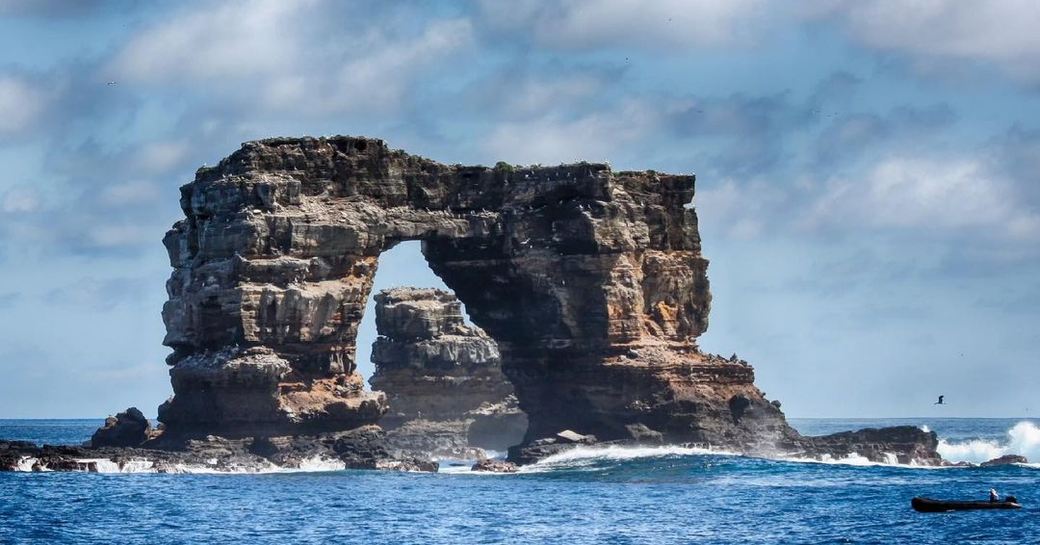
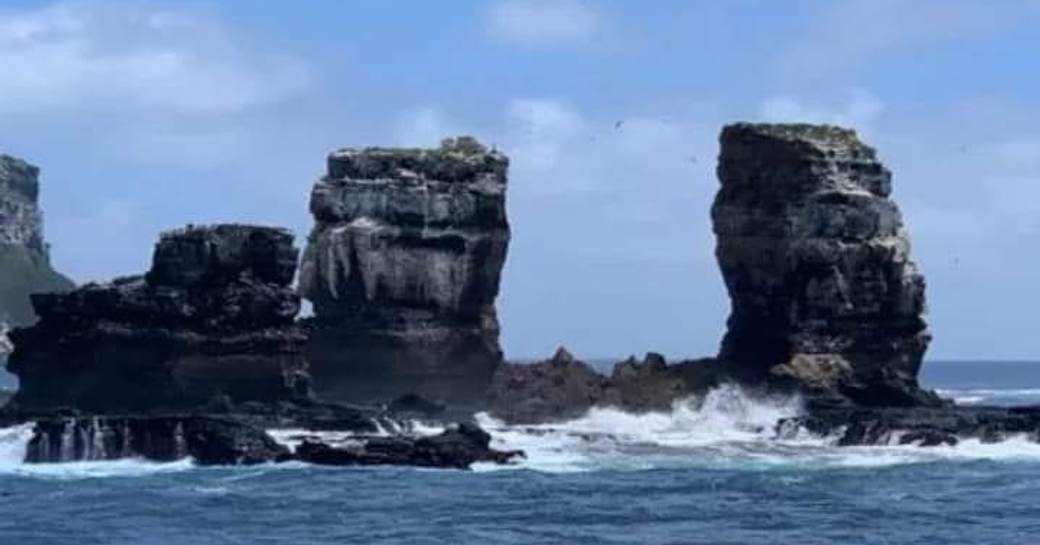
You may also spot the formidable whale shark, especially during the cold/dry season from July to December, although Shark Point on Darwin’s sister island, Wolf is better known for diving with these gentle giants. The cold season is also great for spotting penguins and huge mola mola, or sunfish.
This theatrical pelagic gathering will likely also encompass seals, turtles, stingrays, dolphins and vast numbers of tropical fish, making it an incredible dive spot for novices and advanced divers alike.
-
Darwin's Arch
Dive Site
For the ultimate hair-raising thrill dive, head over to Gordon Rocks on the northeast edge of Santa Cruz island, where the strong currents attract scores of hammerheads into this relatively enclosed submerged crater.
This site is the perfect opportunity to get up close and personal with these intriguing sharks, although definitely not one for the faint-hearted!
In the south of the island, near the town of Puerto Ayora – the economic centre of the Galapgos – lies a great dive spot for beginners who are keen to witness the magical underwater world of the Galapagos. You can spot all manner of fascinating marine life here, including sea horses, batfish, groupers and myriad other tropical fish.
You may also encounter a few inquisitive sea lions and, if you're lucky, a swimming marine iguana or two.
Perfect for novices, this dive spot is characterized by a steep volcanic terrace that descends into the deep in a series of steps, providing a convenient base for the black coral that clings to the rock, with the steps providing an ideal hub for moray eels, white tip sharks and turtles.
Divers will also be able to spot Galapagos sharks, hammerheads and schools of barracuda out in the blue yonder.
This tiny Pacific island cluster became world-renowned after the publication of English naturalist Charles Darwin’s controversial theories on natural selection after his visit to the islands in 1835.
Exactly 100 years after Darwin’s visit, the government of Ecuador allocated a large portion of the Galapagos over to a wildlife sanctuary, which later became the Galapagos National Park. It has since been designated as an important UNESCO World Heritage site ensuring the preservation of the archipelago's wildlife and natural beauty for future generations.
On Santa Cruz island, you’ll find the Charles Darwin Research Station which plays a vital role in continuing scientific studies and protection of the indigenous flora and fauna, where you can learn all about conservation and preservation of this phenomenal archipelago. It also offers lectures on ecological conservation.
You should note that due to its protected status there are strict regulations in the Galapagos, with limits on boats licenced to visit. Local authorities may also dictate where you can travel and for how long, which may impact on your desired itinerary.
That said, these islands are so magical and yield such a rich bounty of wildlife both above and below the water, there will be ample opportunities to experience the wonder of Galapagos for a truly unforgettable yacht charter vacation.
Due to its location, finding a yacht available to charter around this region may prove tricky, but not impossible. More and more yachts are turning their backs on the usual “milk run” destinations of the Mediterranean and Caribbean and exploring further afield.
With its relative proximity to the popular Caribbean yacht charter destinations of Costa Rica and Belize, a number of yachts are choosing to venture through the Panama Canal and making a beeline for the Galapagos.
To find out more about travelling to the islands and chartering in the region, check out our Galapagos guide. If you need any further information and advice, please reach out to your preferred yacht charter broker.

